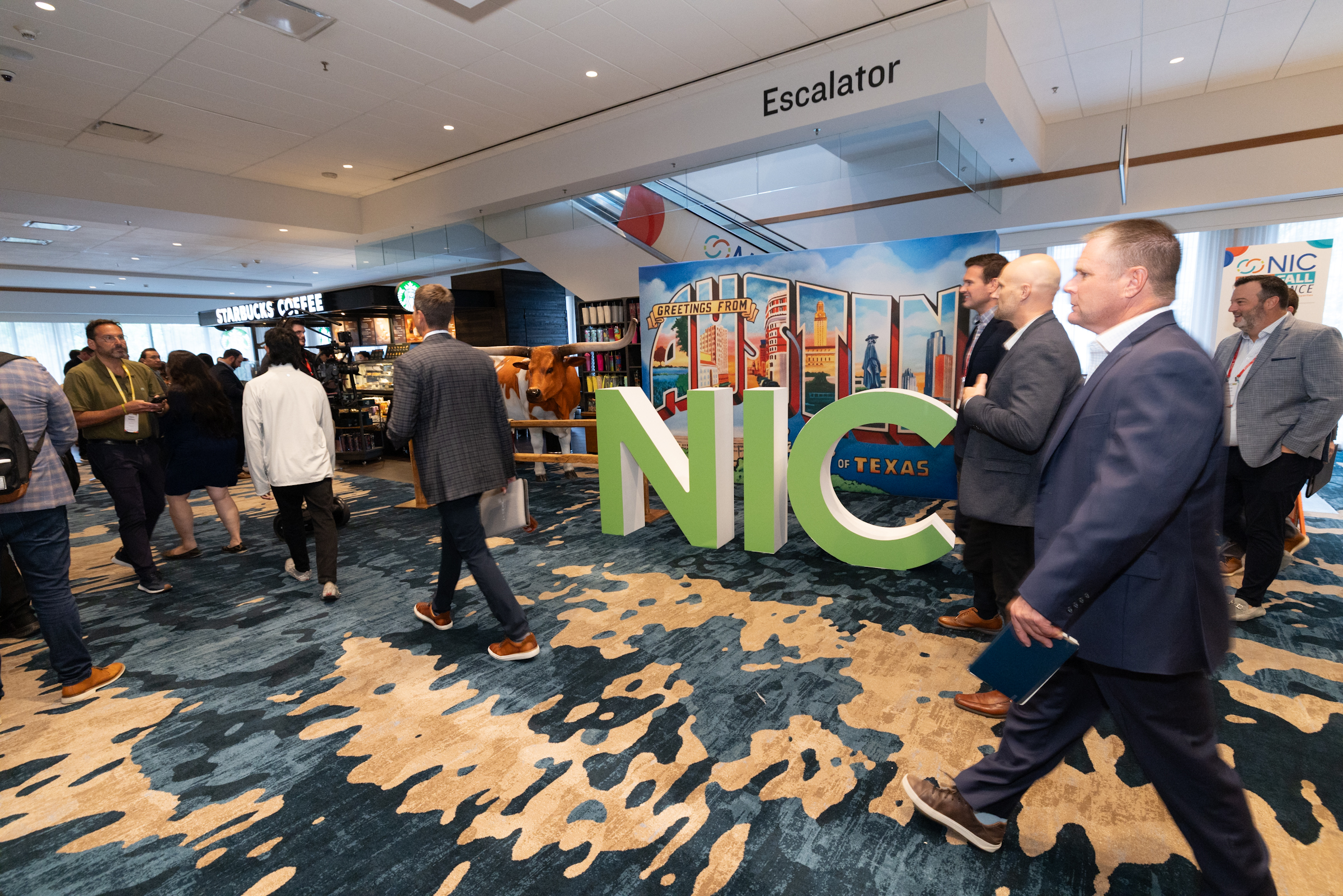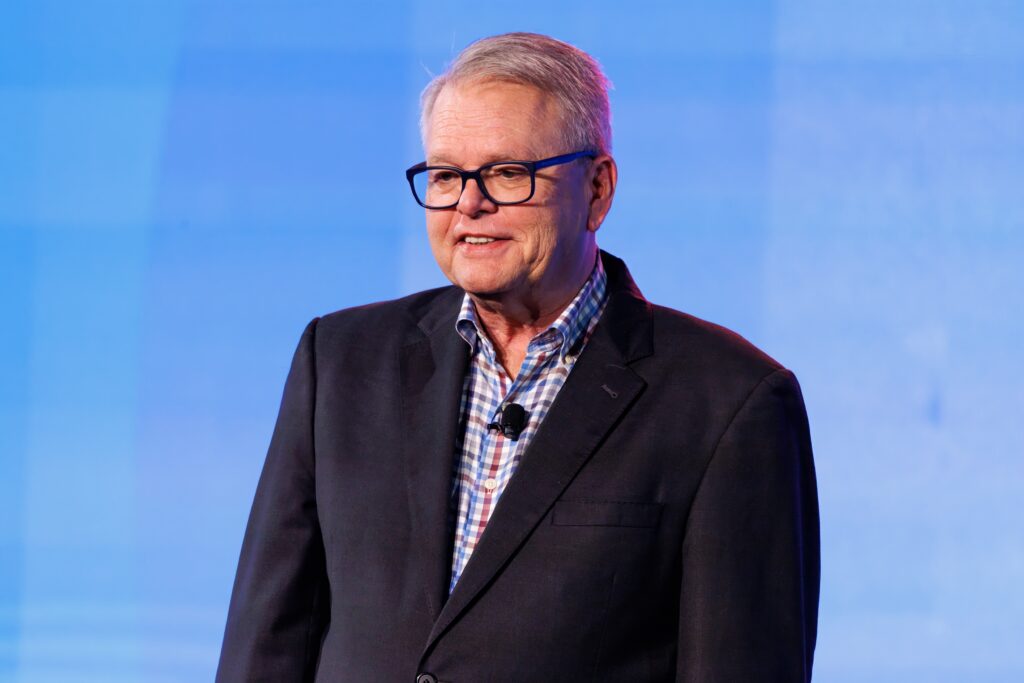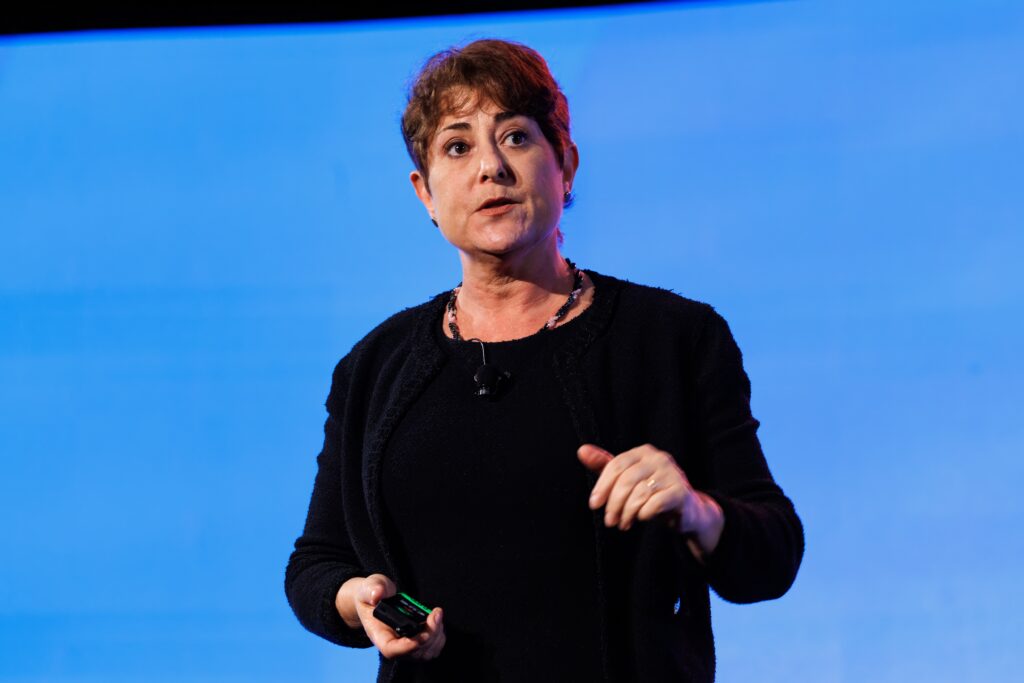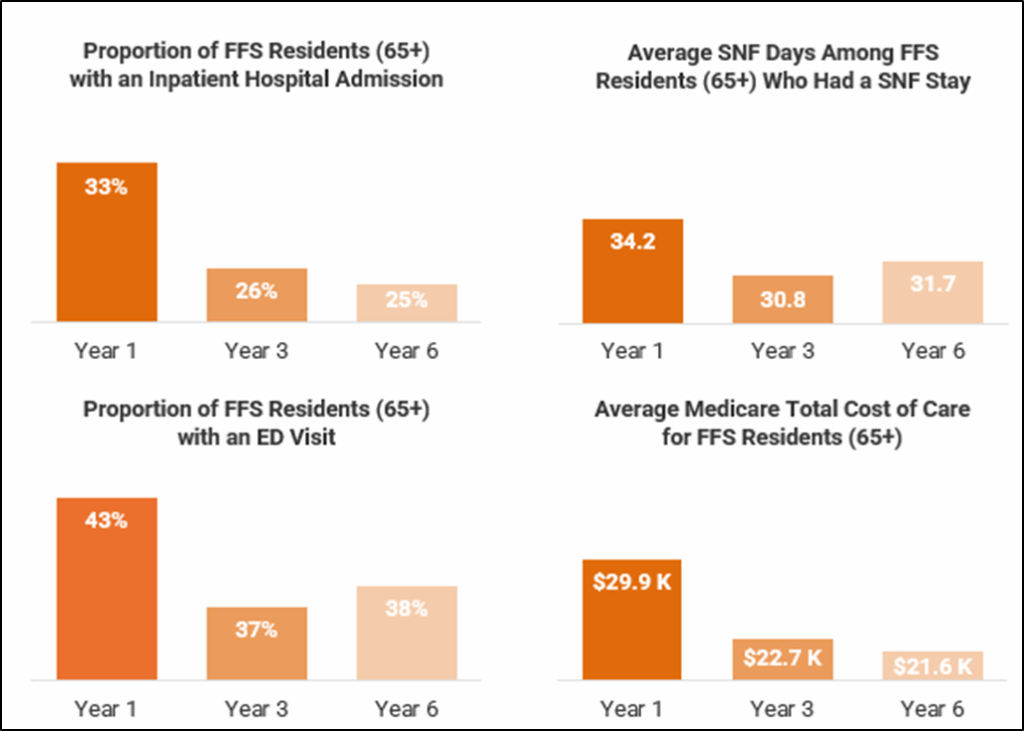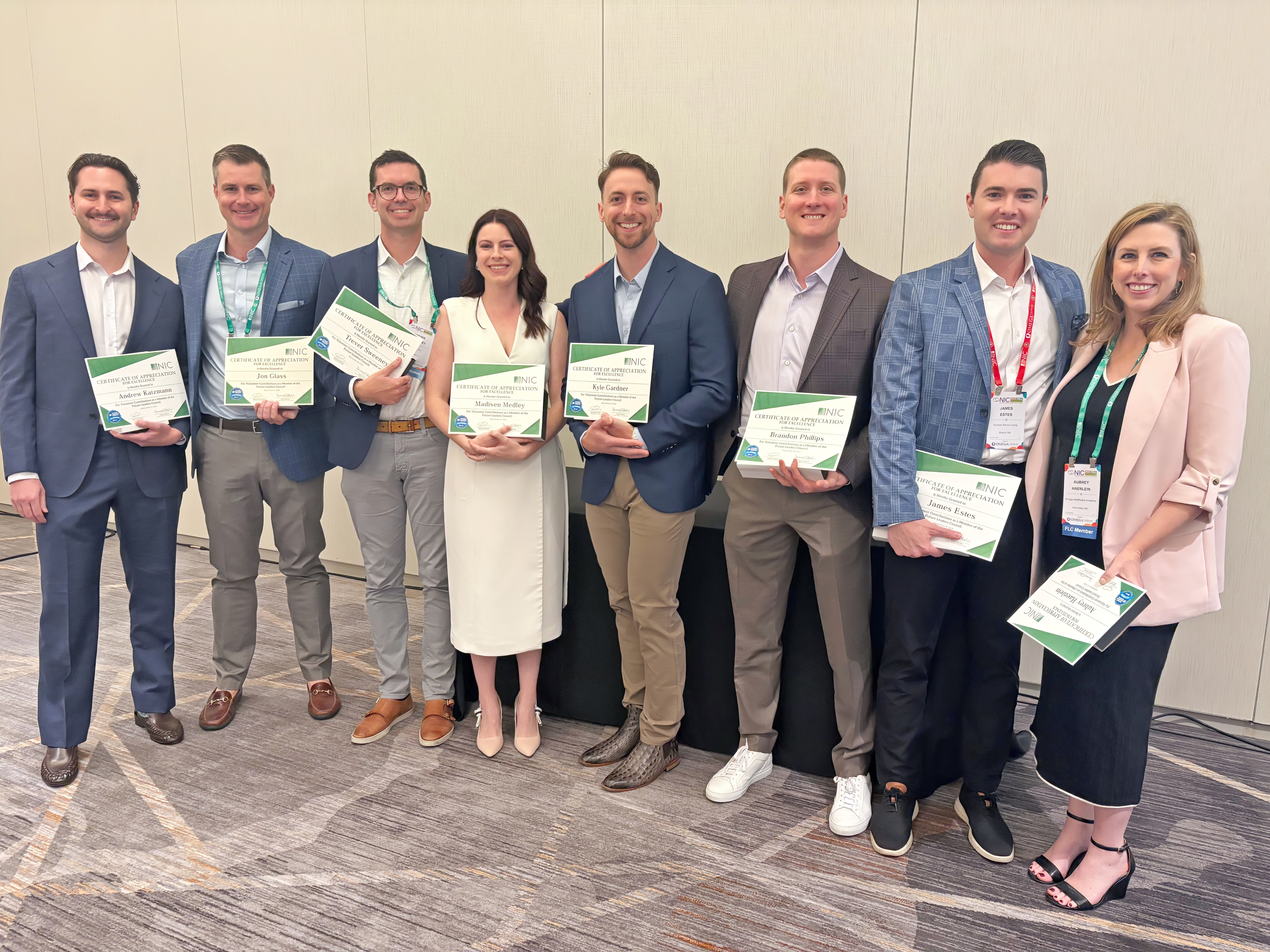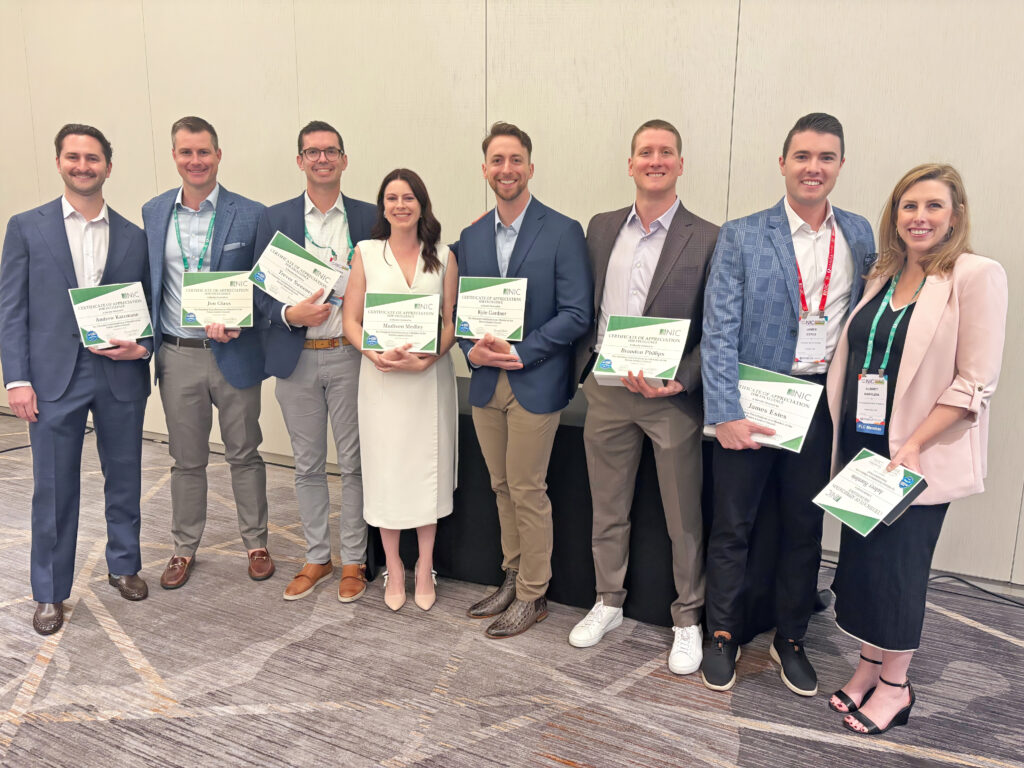This article is the ninth in a series showcasing parent/child dynamics across the senior housing and care industry. My conversation with Joe, Amy, and Nick Jasmon of American Healthcare Management Group (AHMG) explores how our industry has become a family affair.
Tell us about yourself and your work.

CEO and Co-Founder
American Healthcare Management Group
Joe Jasmon: In 2004, we were working with a company in Savannah, GA doing a hospital turn around. We created American Healthcare Management Group to carry on that journey and found a niche of helping hospitals get back on their feet. It was all about identifying who needed to be in what box and putting all the pieces together. With that particular hospital, we were able to convert $300 million of revenue from a competing hospital just by making it a better environment for physicians to work in. We were also able to get the company on the Fortune 100 of best places to work.
We took that knowledge on the road to build more consulting opportunities. Along the way, we learned a lot about senior living and started doing more work in the senior space. For the first part of it, I was on the road and Amy was the entire support team—finance, accounting, and HR. When Nick started, he learned how to design, build, and manage a senior living community. We currently have 12 communities in total.
Amy Jasmon: Initially, Joe and I planned for me to have a big presence in our two sons’ lives. As soon as the kids got out the door to college, I was pushed from behind the scenes to the front of the scenes. It’s been a big but rewarding change. I’m good at the people part of it. Whether you’re talking to your executive director or a caretaker, listening is crucial.
Joe: I will brag for her. Nick has labeled Amy the Chief Emotional Officer because there’s no one better at listening. It’s a talent you can’t teach, and we’re blessed to have that within our organization, but also within our family.
Nick Jasmon: I have a degree in family enterprise from Stetson University, which has been helpful as we discuss succession planning. After college, I did internships with Silversphere, and The LaSalle Group, which gave me the opportunity to job-hop around to all different departments and learn the ins and outs of the industry. Ultimately, it was being in the community that I fell in love with.
We help these individuals go through such a difficult stage of life. From a family member’s perspective, you must admit that your parent, who has been your leader, now needs your help. And parents, who are used to being leaders, now need to lean on their kids. Every day, we get to help families navigate this new dynamic and maximize the last bit of time they have left together.
How do you keep separation between church and state?

COO and Co-Founder
American Healthcare Management Group
Amy: It’s difficult. If our phone rings, we know it’s probably work. When one of us has something come up, it becomes a conversation for all of us. Because of our work ethic and commitments to our teams, it’s not the work that takes a backseat, it’s the family and personal side of things. On the flip side, having each other’s back and not having to worry about trust at work is priceless.
Nick: I think we’ve gotten better, but we should really be asking my brother who isn’t in the family business today. When we first started working together, I would frame questions to distinguish whether it was a work question or a mom and dad question.
Joe: We’re only good at keeping work and personal separate during Bears football games because I don’t answer my phone. So, I would say we’re capable, but not very good at it.
Where do you see the industry going?
Joe: The industry has changed significantly over the last 10 years. The industry is afraid to get out of the box it’s been in for the last decade, so the customer base has moved beyond us. Collectively, we have to catch up because our customers don’t want what we’re selling.
Parallel to that is a workforce that has changed drastically over the last decade. In the last two to three years, it’s been difficult to hire good people at every level. There is no accountability. We have to do a better job of getting people to join us from outside of senior living and find a better way to create a caregiver solution for our residents. At some point, I think AI can be harnessed to help us mitigate the struggle we have on a daily basis of getting good people to show up and do a good job.
Amy: I would echo the workforce issues. My biggest frustration is the people even though they’re also the biggest joy for me.
What advice do you have for the next generation or those thinking about joining the industry?

VP of Business Development
American Healthcare Management Group
Joe: Our expectation and advice for them is to be the type of people who will get on a plane or a car in a moment’s notice and go to the communities to work side by side with staff. Even if that means mulching or cooking, you have to be ready to jump in. Additionally, utilize the technological skills you have for efficiency’s sake.
Amy: I agree—use your tech knowledge, but don’t forget the personal touch. We want to stay as small as we need to stay so we don’t lose sight of the personal touch. That’s what we’re good at and it makes all the difference.
What advice do you have for the generation before us?
Nick: The labor part is tough, and I feel like we as an organization often let that bog us down. My advice would be: let’s live in reality and not in a financial document. It’s hard to remember the things going well during times when your impact is not easily seen.
*Interviews edited for length

